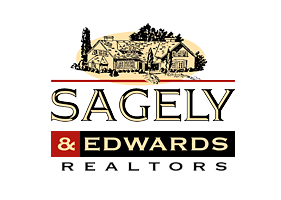
Visit Mobile Site

Find out how much your home is worth!
It's free, simple & easy.
Stay up to date with the latest real estate news and special promotions!
Subscribe to our newsletter to get up-to-date info on the latest housing market conditions for this area.

Zero down investing has been one of the big buzz words recently in the real estate investment industry and while there are many things positive about such a situation for a real estate investor, there are also some bits of information that need to be cleared up for anyone interested. Zero down investing can be a great experience for all involved, but having a better understanding of the process will give you a more realistic view of when to use zero down investing as a tool in your real estate transactions.
Zero down investing is not a one-size-fits-all prospect, so understanding a few of the available techniques used to accomplish the goal of zero down investing can help you decide if a particular situation is ripe for that type of financing solution. Not every situation will be eligible for a zero down investing technique, but knowing what is available will help you make that determination. Here are a couple methods.
The Double Loan
Typically, a seller will want around 75 percent of a property’s sale price up front in cash to even think about pursuing a possible real estate transaction with you. Getting a loan from a bank with no down payment for that 75 percent should not be difficult as there are many ways to get guaranteed for such a loan and many banks offer loans without ever delving into your employment status or income level.
So, with that 75 percent out of the way, the problem then becomes scrounging up the last 25 percent to complete the sale. Seller financing is one way to accomplish this and can often work out well for both sides. If the seller finances the last 25 percent of the transaction with no down payment in exchange for favorable terms, you have yourself a zero down investment accomplished through pursuing two separate pieces of the financing puzzle.
In this example, the seller will not only get a nice chunk of cash up front but will also have the benefit of interest-bearing payments over time as a nice investment. Of course, you will have two payments to make and the rent coming in from your investment property would have to be substantial enough to pay both payments, but those properties do exist. Many investors have accomplished investing goals through this method.
Enter the Note Buyer
Involving a note buyer in your zero down investment goal adds a layer of complication to the proceedings and should only be pursued if you truly understand what is being accomplished through involving one. In a note buyer scenario, financing is offered to a property seller in the form of two loans. One loan makes up the bulk of the selling price but is padded with extra value. Another loan makes up the remainder.
For example, on a $100,000 property, one loan could come in for $80,000 and the second for $30,000. Note buyers will purchase mortgages and other loans for a discount, in this case the $80,000 loan. By selling that $80,000 loan to the note buyer for $70,000, that cash is sent to the seller and the note buyer receives the mortgage note in return.
The $30,000 loan would be your responsibility but neither financing option entails a down payment. Obviously, income from the property would have to cover the payments on both loans, but if that math works out, involving a note buyer can accomplish a zero down investment.
Of course, all real estate transactions should be reviewed by experts in the field, whether that is a real estate lawyer, agent or other authority. Zero down investing is a large field and can stand as a term for a wide array of financing arrangements. These are just two ways to accomplish a zero down investing goal. Explore other methods to find the zero down investing method that works best for your real estate.